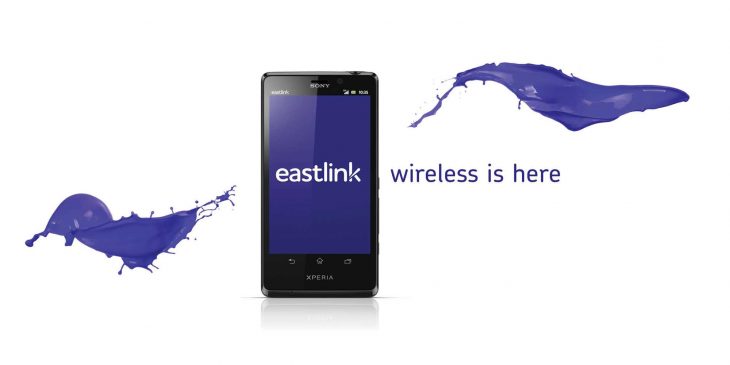
HALIFAX – After an investment of nearly $200 million in building an LTE network, in addition to $25 million spent on wireless spectrum, Eastlink says its finally ready to take on the big three telecoms by unveiling its cellular service in Nova Scotia and enticing customers with no-term contracts.
"We are so proud of this new service," says Lee Bragg, CEO of Eastlink. "Our objective has been to launch a high quality product that provides an exceptional customer experience. Our team has worked tirelessly to deliver on that."
Eastlink Wireless, which uses network equipment from Ericsson, launches in Halifax on Friday, February 15. Other locations are expected to launch in the weeks ahead. Since acquiring spectrum in 2008, Eastlink, owned by Bragg Communications of Nova Scotia, has negotiated roaming agreements throughout Canada, the U.S. and 230 countries across the world.
"Consumers have been very vocal about what they want in a wireless service," says Matthew MacLellan, Eastlink Wireless President. "We've invested heavily to design a wireless experience that gives our customers what they've told us is most important to them – simple offers, better pricing, no term contracts, and faster, more reliable speeds."
The company’s smartphone lineup at launch includes the Sony Xperia T, Samsung Galaxy S III, LG Nexus 4 and BlackBerry models the Bold and Curve. It plans to sell the new BlackBerry 10 devices next month, but will not offer the iPhone.
Pivotal to Eastlink's new service is its "easyTab," which gives customers “a great phone at a great price,” without locking them into term contracts like other carriers. Eastlink says its easyTab also offers the flexibility to upgrade at any time and earn credit towards the customer's next device.

From a network coverage perspective, customers will be able to use their Eastlink wireless device around the world; the company says it offers more 4G LTE wireless sites across its launch footprint than any of its competitors.
"It means that unlike our competitors' legacy networks, customers in all of our markets, big and small, will experience the same lightning fast speed. So a customer in Amherst for example, will enjoy the same speeds and capabilities as a customer in Halifax,” explains MacLellan.



